Tucked away in a quiet corner of Tamil Nadu lies one of the greatest clusters of palatial mansions in all of India.
The Chettinad region is the heartland of the Nattukottai Chettiars—one of the most influential mercantile communities in South and Southeast Asia. To this day, their grand homes, built with wealth amassed in Burma, Malaya, and beyond, remind us that the Tamil world once stretched far across the Bay of Bengal.
Gothic facades coexist with Tamil-style verandahs; intricate wood carvings depicting Hindu deities share space with European stained glass windows.
Courtyards are designed to allow natural light and ventilation while keeping interiors cool in Tamil Nadu’s harsh summers. Walls are painted with a mix of egg white, shell powder, and limestone shimmered with a pearly finish that remains intact even after a century.
Before the British Empire
Dotted across the Tamil countryside are some of the oldest places of worship anywhere in the world.
And while temples to Zeus and Horus now lie dormant, these ancient temples remain in worship to this day
Welcome to the Sathyamurthi Perumal Temple in Thirumayam. There is a lot of debate over precisely who built it, and when. Some have argued that its patrons were the Pandyas of Madurai, others that it was the Pallavas of Kanchipuram.
Tamil Nadu was one of Rome's biggest trading partners. The Fall of Rome, which occurred roughly when this temple was being constructed, decimated the Tamil economy, and led to Tamil merchants looking for new markets in South East Asia.
Later it became part of the Vijayanagara Empire, and afetr that empire crumbled, it fell under the kingdom of Ramnad, founded by the old guardians of the Rameshwaram Temple.
The Ramnad Court was remarkably cosmopolitan, with French and Arab traders essentially funding the rise of the kingdom. In 1687, the second Raja built the majestic Thirumayam Fort to keep the rival Nayakas of Madurai and Thanjavur out of the region, and its fort walls were made to resist cannon-fire, helping to ensure Ramnad's independence for over a century.
But, in 1790, the state began to fall under British influence. Five years later the Raja was deposed and his sister brought on the throne as a British zamindar.
Teak Pillars and Deco Dreams
Under the British Empire, the Chettiars would begin to emerge as the financial backbone of British Southeast Asia.
From the mid-19th to the early 20th century, Chettiar money funded everything from agrarian expansion in Burma to the rise of Singapore’s middle class. Their banking system, built around microfinance before the term even existed, helped shape the economic landscapes of modern Myanmar, Malaysia, and Sri Lanka.
By 1920, an estimated 80% of Burma’s agrarian economy ran on Chettiar loans. Farmers in the Irrawaddy Delta borrowed from them to cultivate rice; traders in Rangoon depended on their credit. As a result, Tamil bankers came to hold vast swathes of land as collateral—at one point, a quarter of all privately owned land in Burma belonged to the Chettiars. Their influence was such that Tamil remains a national language in Singapore today, a legacy of their financial networks.
With their wealth, the Chettiars transformed their homeland. By the early 20th century, the villages of Chettinad became home to some of the most extraordinary mansions in India. Each house was built around vast colonnades of Burmese teak, with pillars so massive they had to be individually shipped from Rangoon to Madras.
The interiors were a fusion of styles—Italian marble, Belgian chandeliers, and British cast-iron railings merged seamlessly with Tamil architecture.
The joint family system was central to Chettiar culture, and the mansions facilitated this lifestyle by providing ample space for multiple generations. Each family member has designated areas within the home, promoting both communal living and personal privacy. These courtyards serve as social hubs where family gatherings, festivals, and rituals take place.
One of the last and most spectacular mansions was Visalam, completed in 1939, an Art Deco masterpiece that combined interwar European aesthetics with traditional Chettiar colonnades. Its geometric motifs and curved staircases rival those of Bombay’s UNESCO-listed Art Deco district, yet remain largely unknown outside Tamil Nadu.
The Ghost Mansions of Chettinad
But fortunes change. The financial system that had sustained the Chettiars was built on a simple premise: if a borrower defaulted, their land was seized. The Great Depression upended this balance.
As rice prices collapsed, Burmese farmers found themselves unable to repay loans, and the Chettiars suddenly became landlords of vast stretches of unproductive land. By the 1930s, resentment against Indian moneylenders had boiled over into outright hostility. Anti-Indian riots erupted across Burma, culminating in a brutal pogrom in 1938.
Then came World War II. When the Japanese invaded Burma in 1942, hundreds of thousands of Indians, including the Chettiars, fled in what became one of the largest and most harrowing refugee crises in Indian history—surpassed only by Partition. Many perished on the long march to India, while those who survived arrived in Madras bankrupt.
After the war, Burma’s newly independent government nationalized land owned by foreigners, stripping the Chettiars of what little they had left. By the 1960s, their influence had all but vanished. The word “Chetti” became a slur in Burma, still used today to denigrate the country’s persecuted Rohingya minority.
With their financial empire in ruins, many Chettiars could no longer afford to maintain their grand palaces. Hundreds of mansions were abandoned, their wooden beams and marble floors sold off in antique markets. What remains today is a surreal landscape—entire villages filled with crumbling palaces, their teak pillars standing like ghosts of a lost era.
Yet, in recent years, there has been an effort to revive Chettinad’s heritage. Led by formidable figures like Meenakshi Meyyappan, initiatives have sprung up to restore these homes into boutique hotels and cultural centers. The Chettinad Heritage & Cultural Festival, held every October, offers visitors a rare glimpse into this forgotten world, where the scent of jasmine and freshly ground spices mingles with the echoes of a mercantile past.
My Book and Animation!
A few years ago I produced an animated short film on the Chettiar diaspora, and how their migrations acrsoss the world shaped their cooking.
This episode focuses on eight-year-old Nithya who learns of her family’s escape from Burma during World War II, and how new borders cut her family off from their childhood home in Rangoon. Weaving between close-cut visuals of cooking with her grandmother and Nithya’s imagination of the journey of her ancestors, Seabirds juxtaposes exile with childhood fantasy. The episode also combines the rich coastal imagery of South India with Burmese architectural design.
Watch on NOWNESS ASIA
My upcoming book also features the Chettinad story, and features a whole section on the Indian exodus from Burma.
Buy here




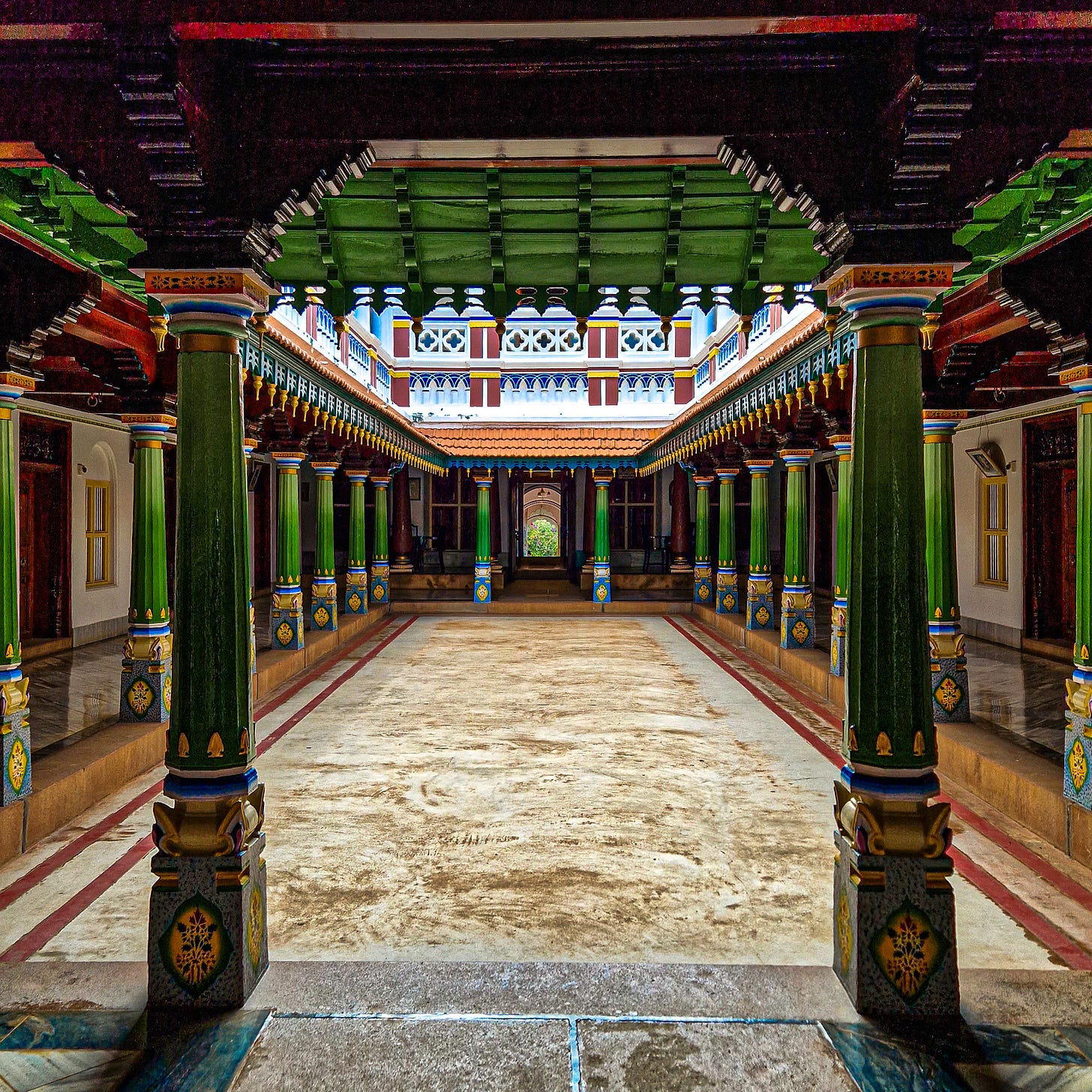

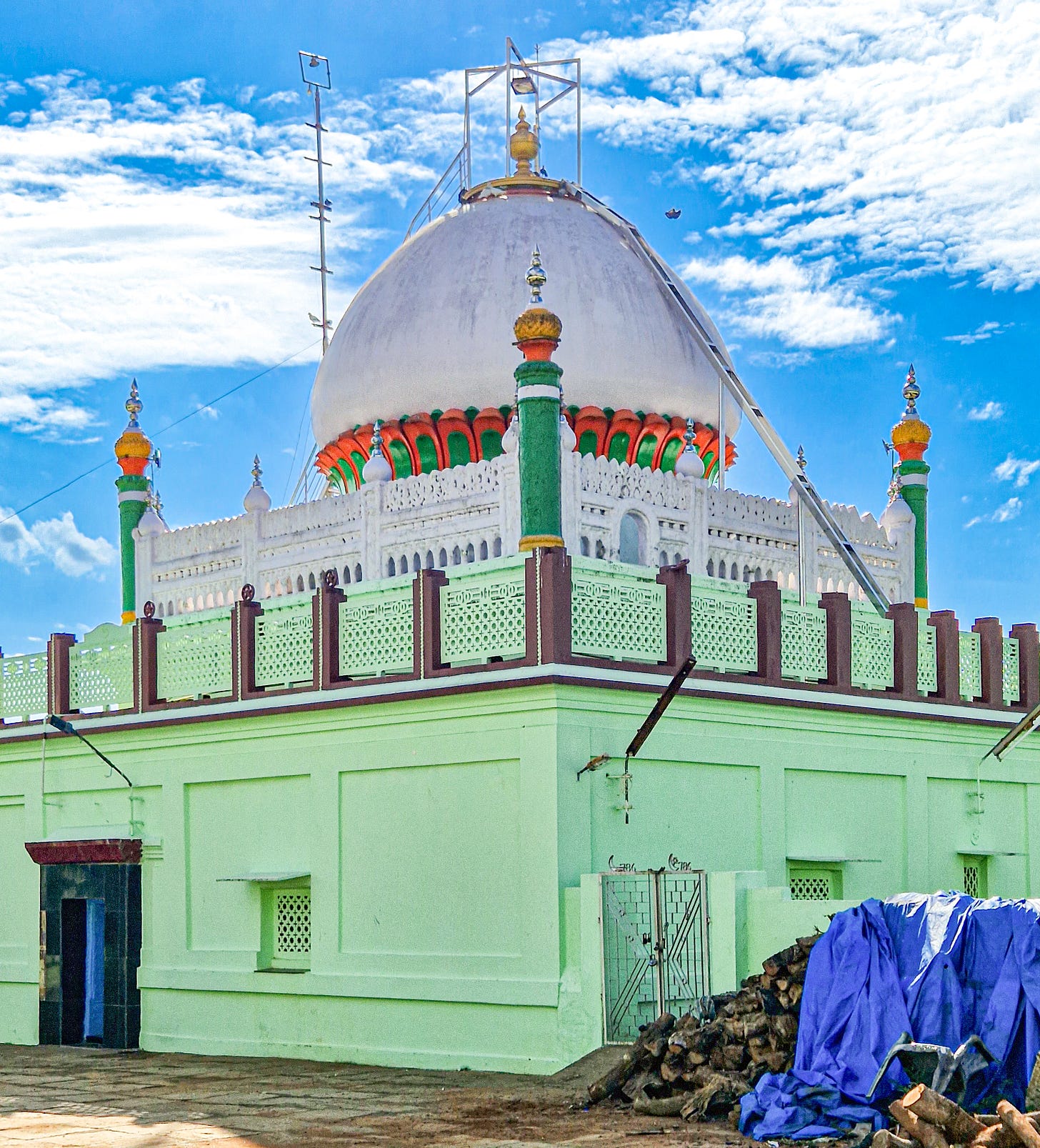
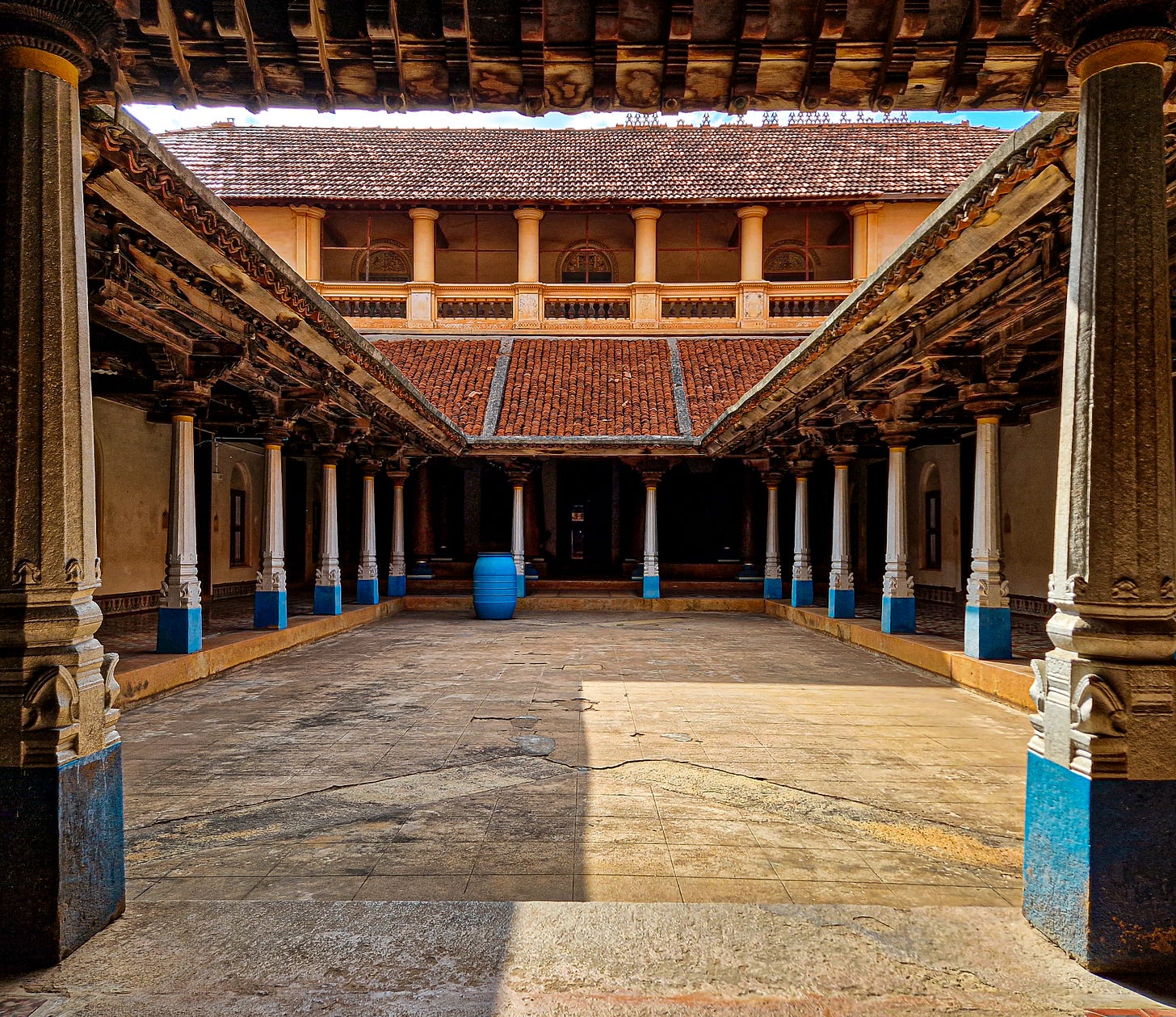
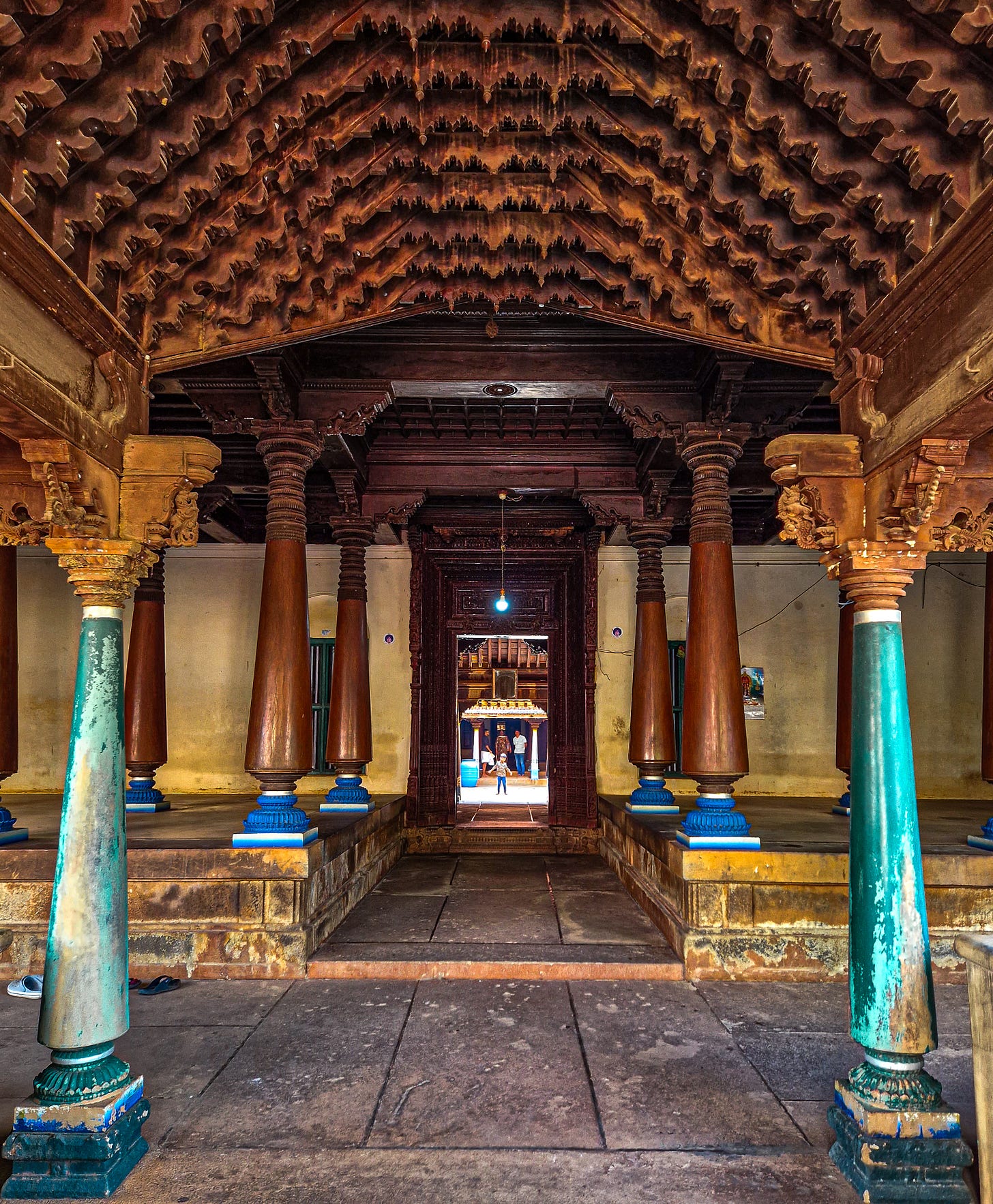
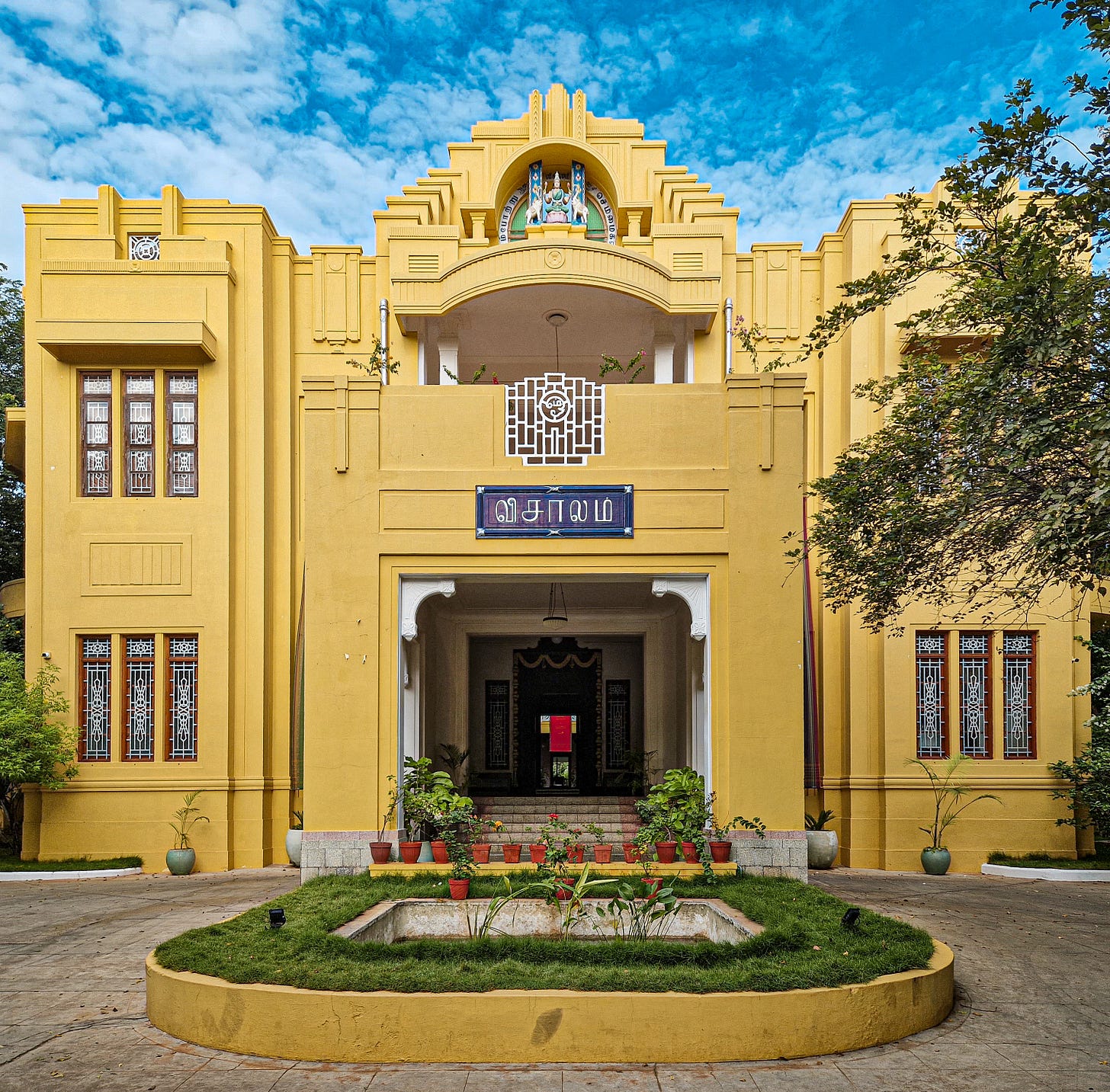

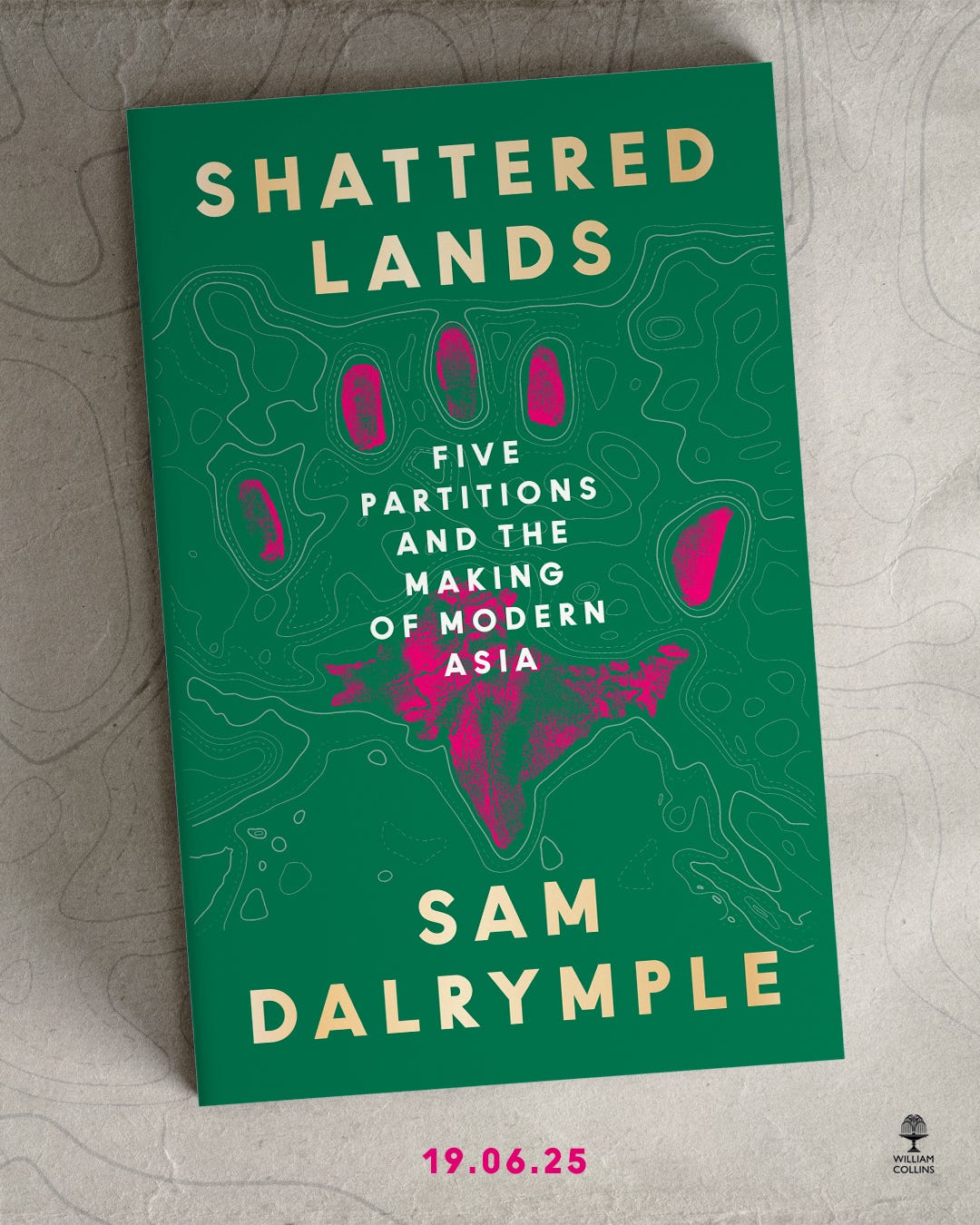
When I was a kid, since I grew up in the north, my parents explained Chettiars to me as “the Marwaris of the South.” When you’re done with this shattered lands book tour, maybe your next book can be about “Five trading communities and the connecting of premodern South Asia” … the 5 that occur to me are Marwaris, Gujaratis, Chettiars, Mapillas, and perhaps Hakka? I was also told that Shetty is just the Kannada/Tulu cognate for Chettiar, but afaik they were nowhere near as influential historically?
Is Tamil a national language in Singapore due to the Chettiar influence? I thought it was because of the significant minority of Tamil speakers, descendants of mostly plantation workers and labor brought into then Malaya by the British, starting in the late 19th century.